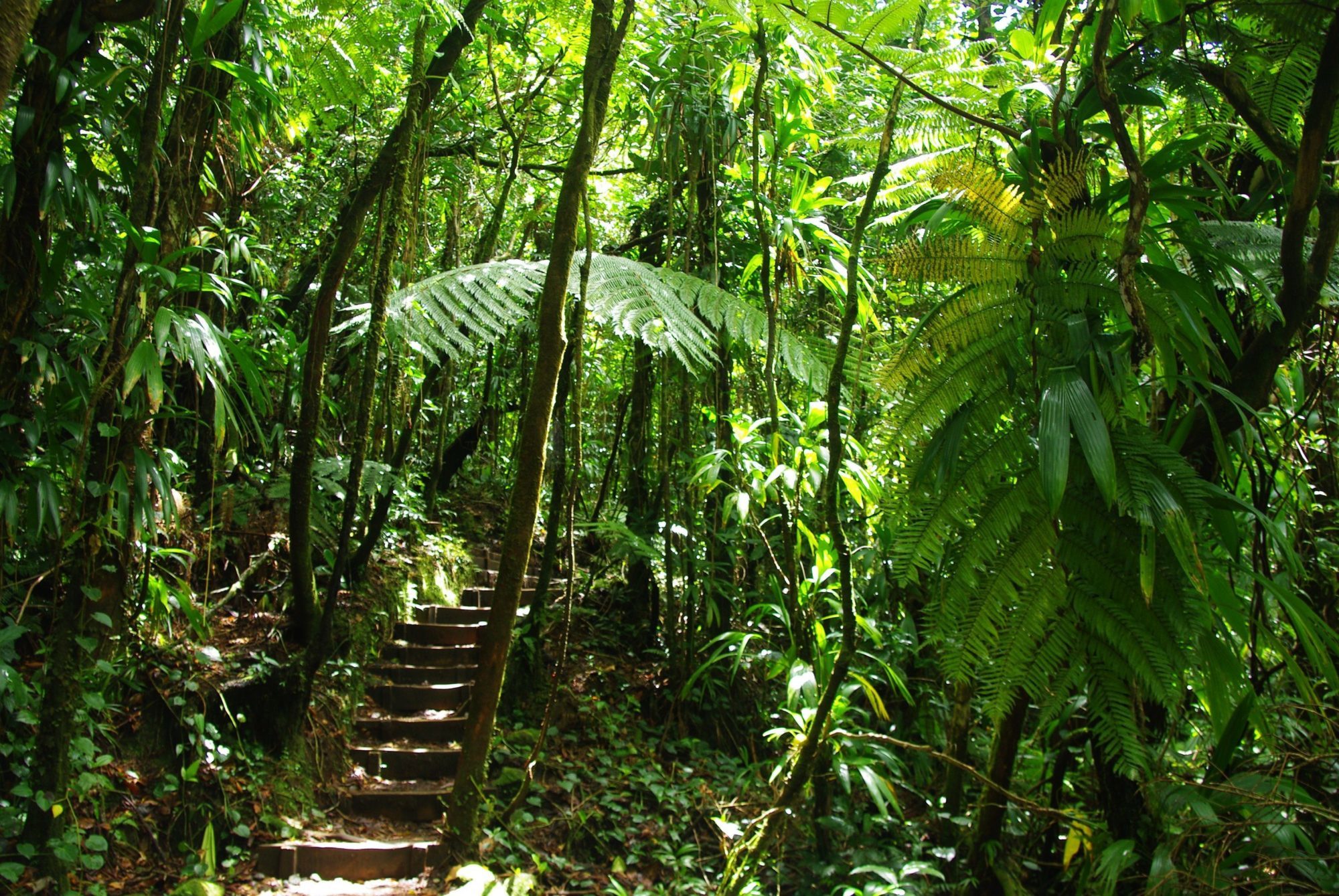
Cyclones are a rather complex and poorly understood meteorological phenomenon, present in many places around the globe, from Asia to the polar circle. We will focus on those that we can observe in the Caribbean to learn a bit more about them.


Cyclones are a rather complex and poorly understood meteorological phenomenon, present in many places around the globe, from Asia to the polar circle. We will focus on those that we can observe in the Caribbean to learn a bit more about them.

Originally from Asia, it was introduced to all of the Caribbean islands in the 17th century, and it arrived in Guadeloupe in 1674 thanks to Christopher Colombus’ travels. The island’s perfect climate and conditions for its cultivation allowed it to keep up with the world during the industrial revolution. At first, it was cultivated by slaves in terrible conditions, and although it has survived until our century, it is today one of the major economic resources of the island.

The Salako is THE traditional hat of the Saintes archipelago; a splendid group of islands in Guadeloupe.
It was often worn by the Saintois fisherman aboard their traditional fishing boats called ‘Saintoises’ !
Of a highly particular shape, it is very different to the hats worn in numerous other islands of Guadeloupe, in fact it has a slightly… Asian look to it !
The Salako first appeared in the Saints in the 19th Century. Two theories co-exist concerning its origins:
– It was introduced by the French Naval officers who came from Asia. What is certain is that the French Naval infantry officers based in Tonkin in 1873 wore the ‘Salacco’ hat of which the shape is similar to that of the ‘Salako’ of the Saints.
– The other theory is that the Annamites of Cochin China, condemned for a rebellion, were sent to Guadeloupe, then the Saints, where they served their punishment for five years. Some of them then settled in the Saints, maybe introducing this hat at that time.
The Salako is still hand made by craftsmen on the Terre-de-Bas island in the Saints by the few remaining craftsmen who retain the skills necessary for its manufacture.
The major material used is bamboo. After being cut into fine strips, these are cut to a point and implanted into a light piece of wood for braiding. The crown of the head is worked in a way similar to that of the fish traps used by the island fishermen. To increase protection from the sun this is often covered by the fishermen with material (nowadays generally Madras).
So, wait no longer, come and visit the Saints archipelago on your next visit to Piton Bungalows !

It is THE legendary knife of the French West Indies, for over 100 years!
Relatively unknown in Europe, the ‘Couteau Chien’ (or Dog Knife) is extremely popular in the West Indies.
The ‘dog knife’ takes its name from the small animal engraved on the blade.
Cooks from long ago (‘antan lontan’ in Creole; in olden times…) completed most culinary preparations using a quality steel knife. At the top of the blade near the handle, the manufacturer’s symbol, a watchdog (‘chien’), was stamped into it.
It was originally created by Sabatier Frère et Fils but then acquired by France Exportation, an old cutlery maker dating back to 1793. Thiers Issard continued its manufacture until 1980 when France Exportation closed. Since then this brand has been owned by Thiers Issard and is still entirely made in Thiers by Thiers-Issard, in mainland France.
This legendary knife came into being in 1880 and is highly prized in the French West Indies where it is said that every family should have this knife.
The Dog Knife is the ‘wedding knife’. It is very important to offer this symbolic knife as a gift for a wedding as it is used a lot in the kitchen for cutting herbs or eating.
There is even a local sauce that takes its name from this knife, the ‘Sauce Chien’. The herbs used in this sauce (spring onions, garlic and parsley) are prepared using this type of knife.
It was generally made with a metal handle but this was changed for convenience to a more modern material.
The most popular model sold nowadays is that with a black nylon handle that can be cleaned in a dishwasher.
So, everyone to their knives, let’s do some cooking!